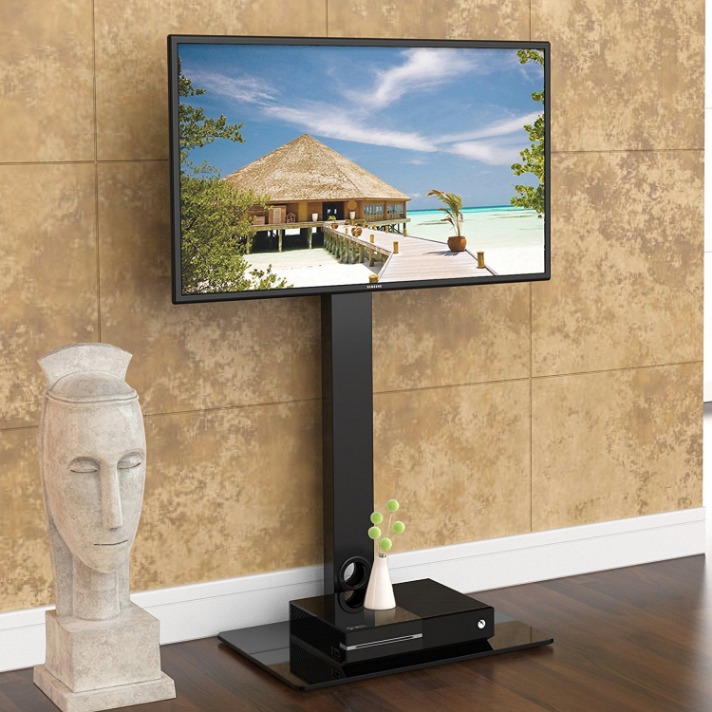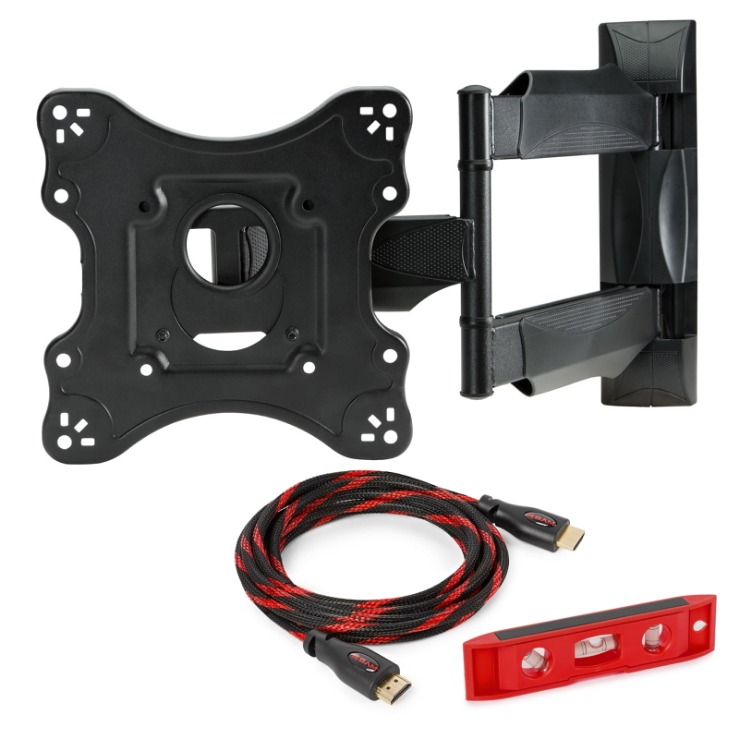The ever-evolving landscape of electronics manufacturing continually introduces cutting-edge solutions, with the backbone of these innovations residing in Printed Circuit Board Assemblies (PCBA). Delving into the intricacies of these assemblies reveals key components such as Surface Mount Technology (SMT), which streamline the manufacturing process and enhance the performance of electronic devices.
The Role of SMT in Efficient Manufacturing
At the heart of efficient PCB assembly lies SMT, a method that has revolutionized how components are mounted onto boards. Benefits of this technique include:
- Miniaturization: As devices become smaller, SMT supports the mounting of compact components, saving space.
- Improved Performance: By reducing the need for through-hole mounting, SMT enhances the electrical performance of assemblies.
- Cost-Effectiveness: Faster assembly times translate into reduced labor costs and increased production volumes.
Importance of the SMT Stencil in PCB Prototyping
An essential tool in ensuring precision during assembly is the SMT Stencil. It acts as a template for applying solder paste onto circuit boards. This process is crucial for achieving the correct solder joint formation as the board goes through reflow. Accuracy during this stage is critical, especially in PCB prototype development, where even small mistakes can lead to costly revisions.
Cost-Effective Solutions with PCBA One-Stop Services
For businesses looking to simplify their production line, a PCBA one-stop service offers a comprehensive approach, covering design, material sourcing, assembly, and testing. Key advantages include:
- Streamlined Processes: With all manufacturing steps consolidated under one roof, project timelines are significantly reduced.
- Quality Assurance: Ensures that all steps adhere to rigorous standards, minimizing defects.
- Supply Chain Management: A single point of contact improves communication and logistics efficiency.
FAQs About PCB Assembly and SMT Technology
- What is the main advantage of SMT over traditional mounting methods?
SMT allows for higher component density, improved performance, and cost efficiency by eliminating the need for drilling through-holes. - How does an SMT Stencil contribute to better assembly quality?
It ensures precise application of solder paste, which is crucial for creating reliable solder joints during the reflow process. - Why choose a PCBA one-stop service?
It provides a seamless transition from design to production, ensuring shorter lead times and consistent quality.
For those interested in learning more about integrating these technologies into their production line or finding reliable services, exploring PCBA one-stop service providers might be the next step.




